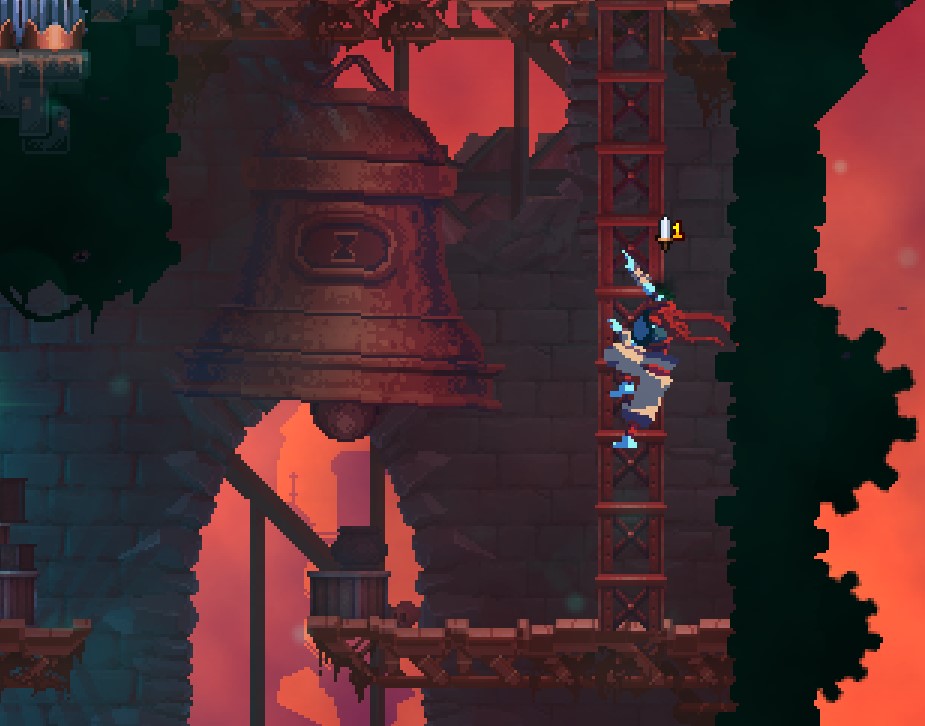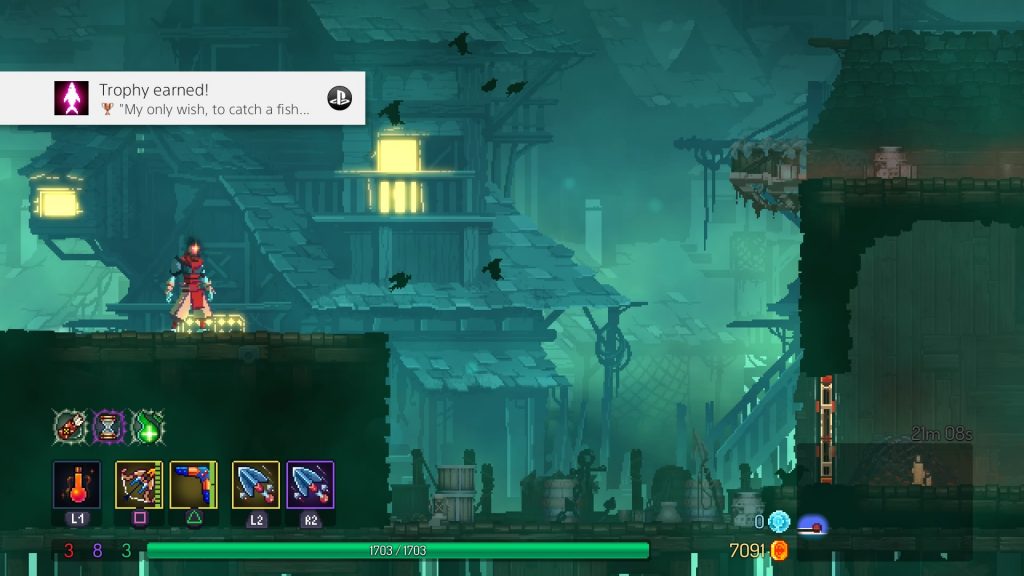

- #Gardeners key dead cells for free#
- #Gardeners key dead cells install#
- #Gardeners key dead cells full#
Buy certified pest- and disease-free seeds, seedlings, and plants.If you do nothing else for yourself and your garden, do these: You do not need to fumigate, rototill, or become a slave to your landscape.


Good cultural practice in the garden can reduce or eliminate the need for many tasks, treatments, and tribulations. Earthworms love their java as much as we do! And sprinkle those old coffee grounds around the garden. Butterfly and pollinator gardens look pretty, and they provide for an army of tiny helpers.
#Gardeners key dead cells install#
Install insectary plants that flower sequentially and provide a variety of shapes, colors, and heights. There is no need to buy these tiny workers. All you need to do is provide pollen, nectar, and water. But other insects can lighten your workload by killing insect pests as you relax. We all know that bees pollinate the flowers that turn into fruits we love to eat. Provide for pollinators and other beneficial insects Hydrozoning prevents over- and under-watering while saving your back. You can reduce your workload by putting plants with similar water needs closer together. Sun-loving herbs will get too much shade hidden behind a wall of corn or sunflowers. And before you put any seeds in the ground, consider mature plant sizes.
#Gardeners key dead cells full#
But very few edible plants can thrive in full shade. Some plants, such as artichokes and asparagus, can do well in partial shade or partial sun. Partial shade (3 to 6 hours of morning sun) is ideal for lettuces and other greens.Partial sun (3 to 6 hours of afternoon sunlight) is better for cabbages, berries, beans, and onions.Full sun (6 to 8 hours of direct sunlight) is best for most summer crops.Use this information to make your life easier: Seed packets and plant labels tell you about each plant’s sunlight needs. Some plants prefer direct morning sunlight but need protection in the afternoon. Once you know what your plants will be up against, invest in naturally resistant plants.
#Gardeners key dead cells for free#
You can get that information for free from your local County Extension Office. Learn about the pests and diseases most likely to cause problems in your neighborhood. Identify your yard’s USDA Hardiness Zone and use that information to guide your plant choices. A successful low-maintenance garden contains plants suited to your landscape’s temperatures, average annual rainfall, and frost dates. There’s no sense in creating extra work by installing plants unsuitable to your climate. The more you know about your soil, the better equipped you will be to select the right plants for your low-maintenance garden. Is your soil sandy, loamy, or clay ? Plants have preferences. Adding more fertilizer is not always the right choice. Lab-based soil tests will tell you precisely what is in your soil, what is needed, and what may be present in excessive levels. Search online for a local lab (preferable) or use the University of Massachusetts soil lab.


 0 kommentar(er)
0 kommentar(er)
